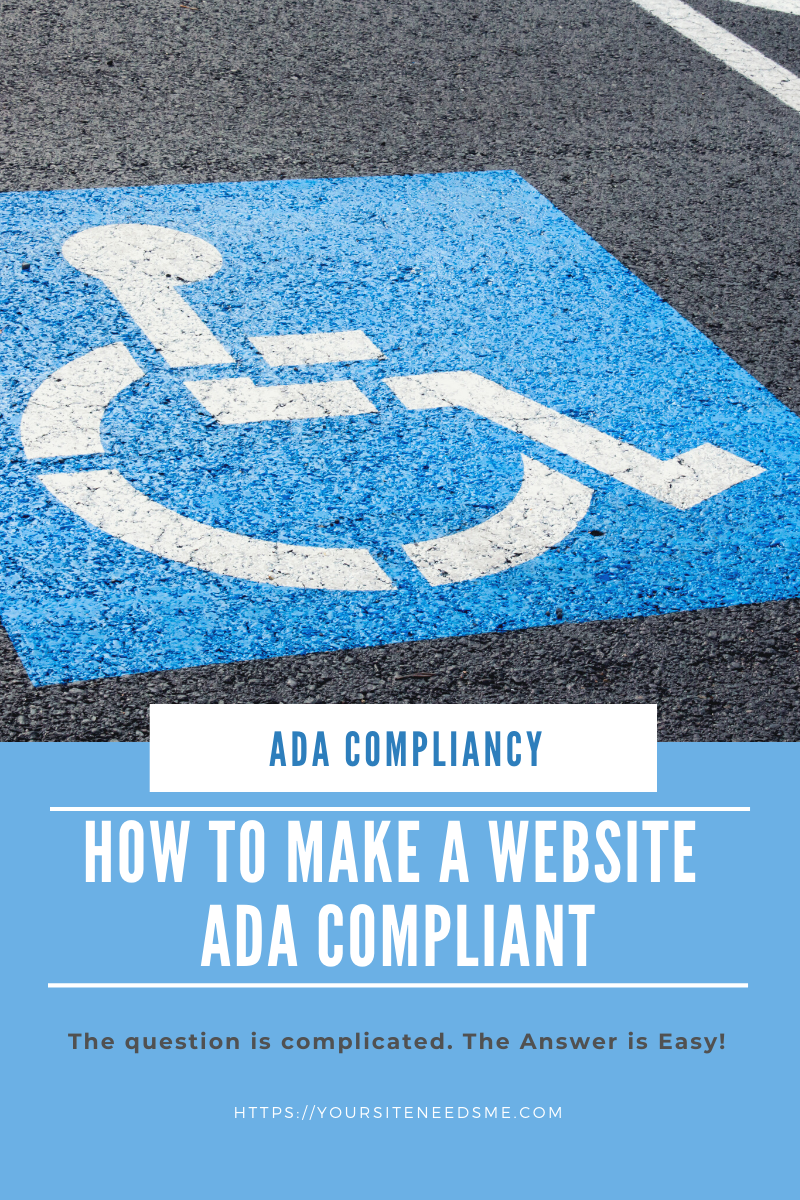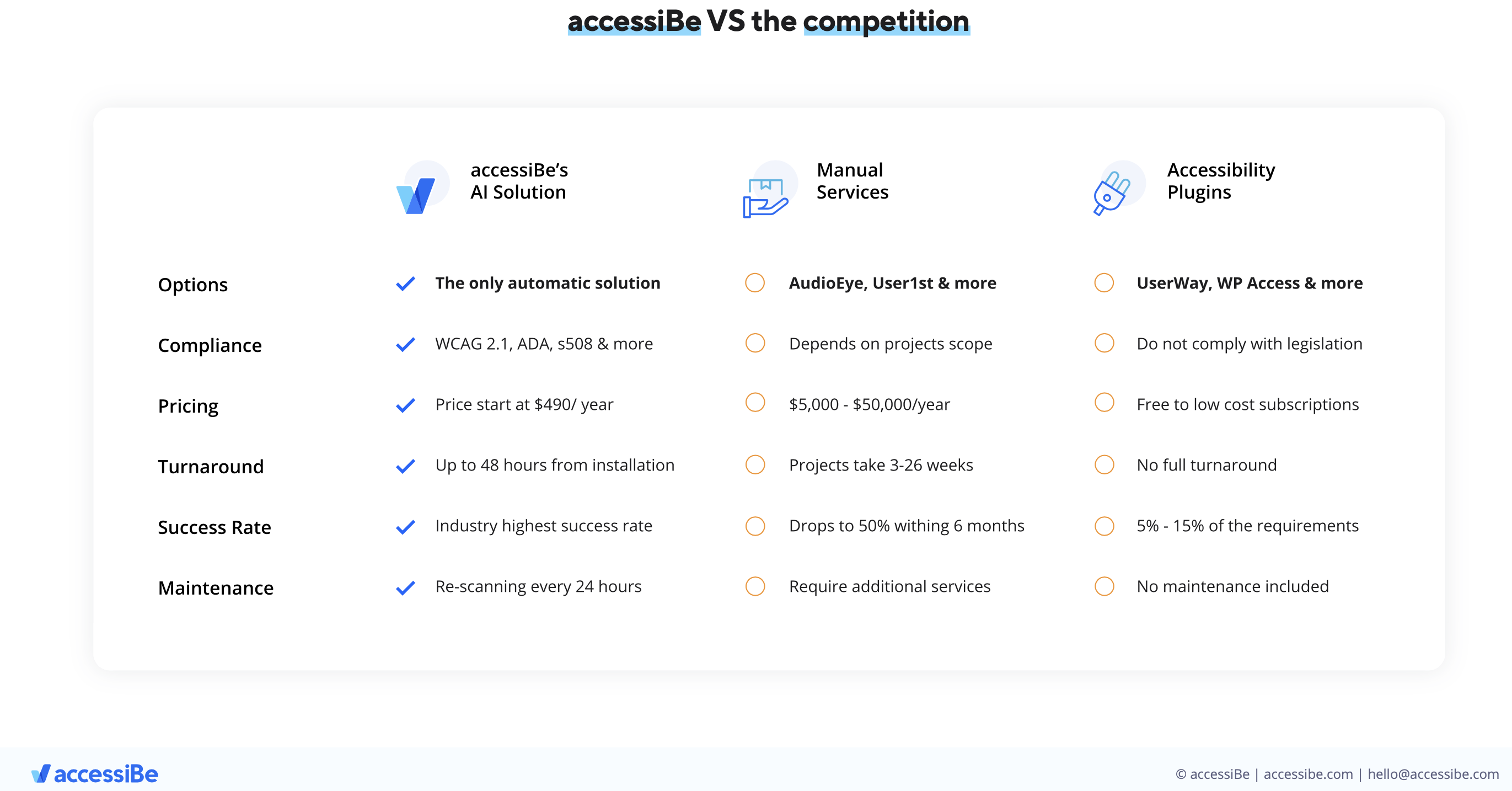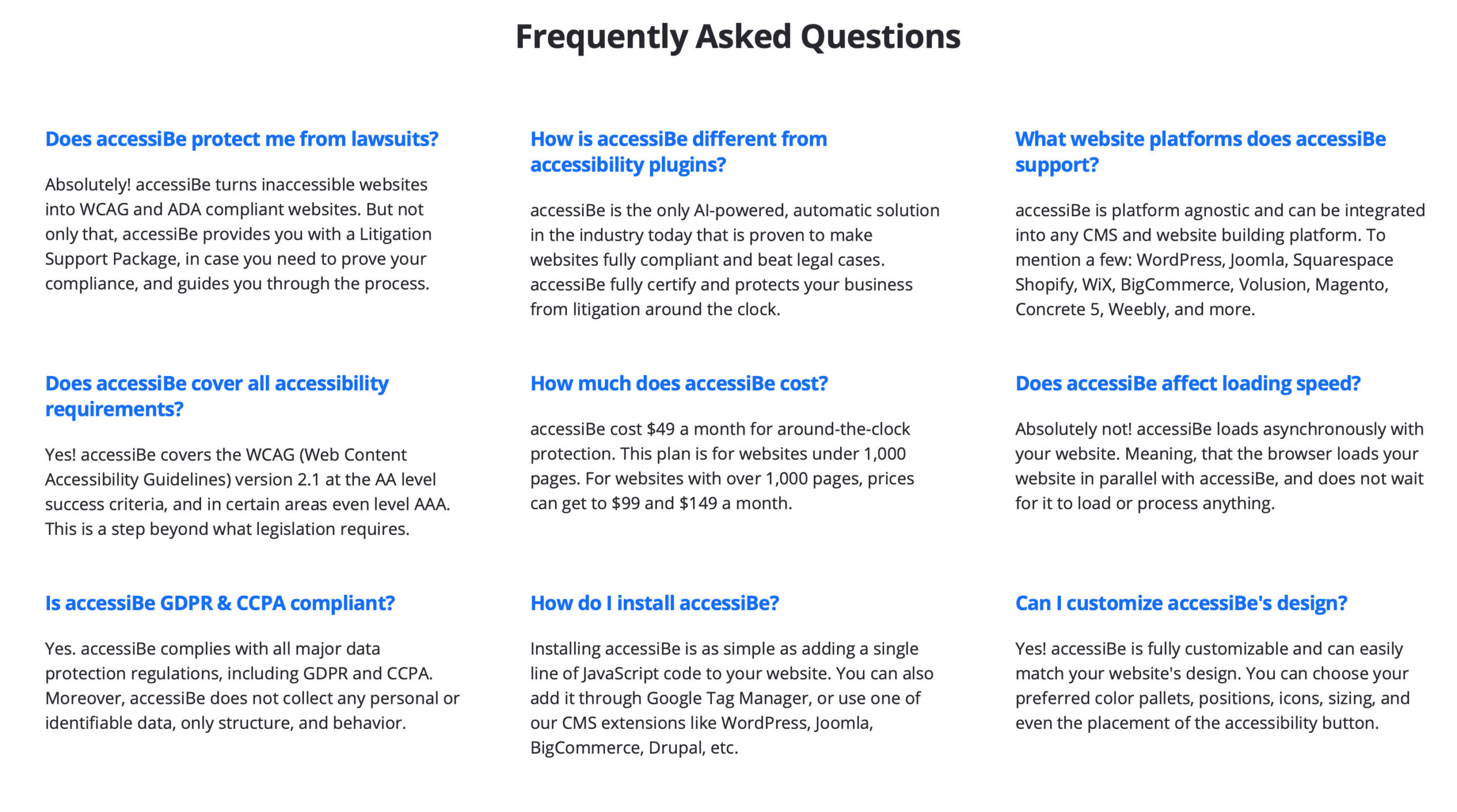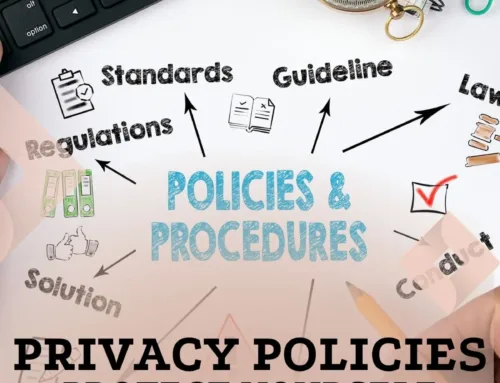It’s all the buzz right now: How do I make a website ADA Compliant? You’ve probably heard about ADA website compliance in the news recently or may have even received a complaint letter yourself which sent you scrambling. You might even have heard that in Florida Realtors are getting hit left and right with Lawsuits telling them their websites are not ADA Compliant. Real estate and non-real estate websites both are getting snapped all over the United States so it’s natural you would want to know if your website is ADA compliant or not. We’ve been getting this question quite a bit lately – the answer is actually a bit complicated. The good news? The solution is quite easy!
What does ADA Compliant mean for Websites? The easy version!
ADA website compliance means your website must be accessible to those with disabilities, but what does that entail? Well, it not only includes how your website was built, it also means providing special assistive tools or controls on your site to assist people with disabilities. For example, your website should have a tool that will read your website to someone who is blind, one that will easily increase font sizes for the visually impaired, another that provides keyboard navigation for motor-impaired people and also provide special visual profiles for people with Epilepsy just to name just a few. There are several types of ADA Compliant Content Guidelines that you have to conform to that require you to provide all of the things I mentioned previously (and more) on your website with WCAG 2.1 being the most important (if you are WCAG 2.1 compliant then you are compliant with the rest). These are WCAG 2.1, ADA Title III, Section 508, EAA/EN301549, IS 5568, ACA & AODA. You can look up each if you want but in a nutshell these all mean your website must be as easily accessible to those with disabilities as it is to those without disabilities.

ADA Compliance Checklist
This list was derived directly from ADA.gov and is the ONLY ADA Compliance checklist you should be referring to. You can download the full list from the ADA Best Practices Toolkit on their website.
Did we make your website ADA Compliant when we built it?
While we try very hard when we build a site to make sure it has all of the appropriate elements in place to make it ADA friendly but the simple truth is that without the special assistive tools it is not compliant. Making sure your website is always ADA Compliant (besides having those special tools available) would mean that anytime you make a change or add something new to your site, you would also need to add in certain things (like ALT Tags & Title Tags) to describe links and photos. Since we are not always privy to everything you add or change on your website, this isn’t something we can maintain. And because this law is always evolving, we would have to make changes to your site to keep it ADA Compliant all the time. The simple truth: you need a solution that will do it for you.
What if someone else built my website? How do I test it?
Well besides the special assistive tools, it’s hard to say without us going through every page and theme feature. Many website companies aren’t as thorough as we are in making sure every image and link has an ALT or TITLE tag and that every button and menu item is labeled. The easiest way for you to tell if your web-designer did this is to take your mouse and go to your website home page and hover over every menu item, every image and every link and see if a little tooltip box shows up and describes the element. If you see that little tooltip in many places then they probably did a good job. If not – then you’re in trouble. But don’t worry – we can help anyone make their site ADA Compliant, even if we didn’t build your website. Send us the link to your site and we will do a FULL ADA Compliance audit test on it for free! Just email it to support @ yoursiteneedsme.com with the subject line ADA Compliance Test and your web address in the body and we will get back to you super fast!
The Solution to How to Make a website ADA Compliant
We have scoured the web looking for the best solution to how to make a website ADA Compliant 100% of the time and we finally found the best & easiest solution: accessiBe.
accessiBe is a plug and play script that will display a special controller on your website (take a look at the bottom right corner of my website to see it) and using fully automated AI Technology it also constantly scans & analyzes your site for changes every 24 hours and makes sure that every part of your site including new changes are fully ADA Compliant all the time, no matter how many changes you make. It covers ALT tags, State controls, ARIA Attributes, Icons & Buttons, Forms & Validations, Roles & Landmarks and more. They even provide you with a Certification of Performance and a full Audit report every month. They also offer litigation support for you if you receive any complaints or lawsuits after installing accessiBe on your site. Pretty amazing!
We want you to be protected, and to be frank other solutions out there are just not cutting it. So we have partnered with accessiBe to make it easy. If you sign up for accessiBe we will install the script for you for free and field any installation and ongoing support issues so you don’t have to do anything but sign up and let us know. If you want to do it yourself, you simply install a single line of code into your website and within 48 hours your website will be ADA Compliant. It’s $49/month – a no brainer to protect yourself from lawsuits. They offer a 7 day free trial so you can test it out before you commit. Don’t wait until it’s too late to make your site ADA Compliant.
ADA Compliancy: Knowing the Law
Here are a few articles to read to show you that this is serious and this is something you need to take care of today. If you have any questions let us know. Call or text Char directly at 517-917-0582 or schedule a call with Char at http://meetme.so/ysnm. We are happy to any questions you have and if you want we can even set up a call with you and accessiBe and us to make sure all of your questions are answered.








